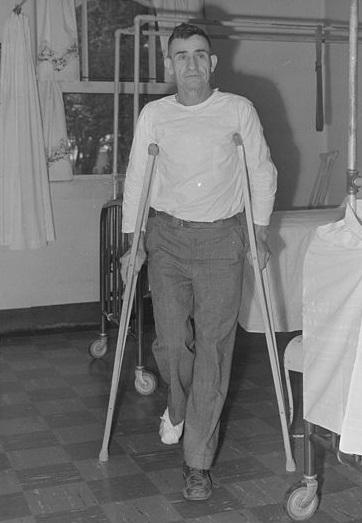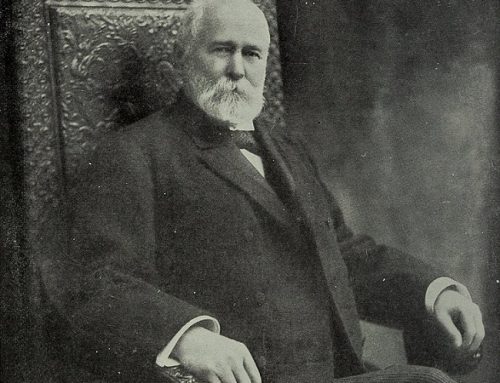Workers’ compensation is a form of insurance that covers employees injured or made ill by their work. The first U.S. worker’s compensation laws were enacted in 1911, but the system as we know it today was not established until the 1930s.
The system’s origins can be traced back to 1885, when a landmark report by a New York commission led to reforms designed to reduce on-the-job accidents and diseases for workers in that state, including a provision that employers provide on-site medical services for all employees who had been employed on average at least eight hours per day continuously for one year or more without a break
In 1911, Wisconsin became the first state to pass a comprehensive law that was not successfully challenged in the courts. The law has been passed after 18 months of discussion and the assembly felt that the language was necessary to protect all citizens. The Wisconsin Workmen’s Compensation Act of 1911 is the primary law governing the rights and obligations of employers and employees in Wisconsin to recover damages for workplace injuries. The act created a system in which employers were required to purchase insurance coverage for their employees in order to cover work-related injuries. The act also created a system by which an injured employee could receive compensation without having to prove negligence on the part of his or her employer. Under this law, an employer shall provide for its employees such protection as may be necessary or appropriate against injury either by accident or disease arising out of and during employment, and shall secure payment of compensation as provided herein according to the degree and extent of disability resulting from such injury.
Progressive legislators, industry leaders, and labor unions, and social commentators touted the law as one of the most progressive state laws passed during the period. Other states soon followed, introducing their own versions of Wisconsin law, and the new workers’ compensation insurance system became the accepted standard. In response to the Workers’ Compensation Act and many similar state laws that followed, an entirely new insurance industry was born with the first firm in Wausau, Wisconsin.
Prior to the 1911 Act, the only way to obtain compensation for an injured worker was to sue his employer for negligence; a long and expensive process. The rules of negligence that have prevailed in misdemeanor law in the preceding century had been used by courts to protect American businesses from liability for widespread injury and death to Industrial Revolution workers, as well as compensation provisions. Ultimately, both employers and workers supported legislation to ensure that an employee who is injured or ill at work as a result of or in the course of his or her employment received predictable compensation without delay, regardless of who is at fault. Compensation is no longer based on the employee’s proof of the employer’s fault, and compensation cannot be denied if the employee’s negligence contributes to the injury.










